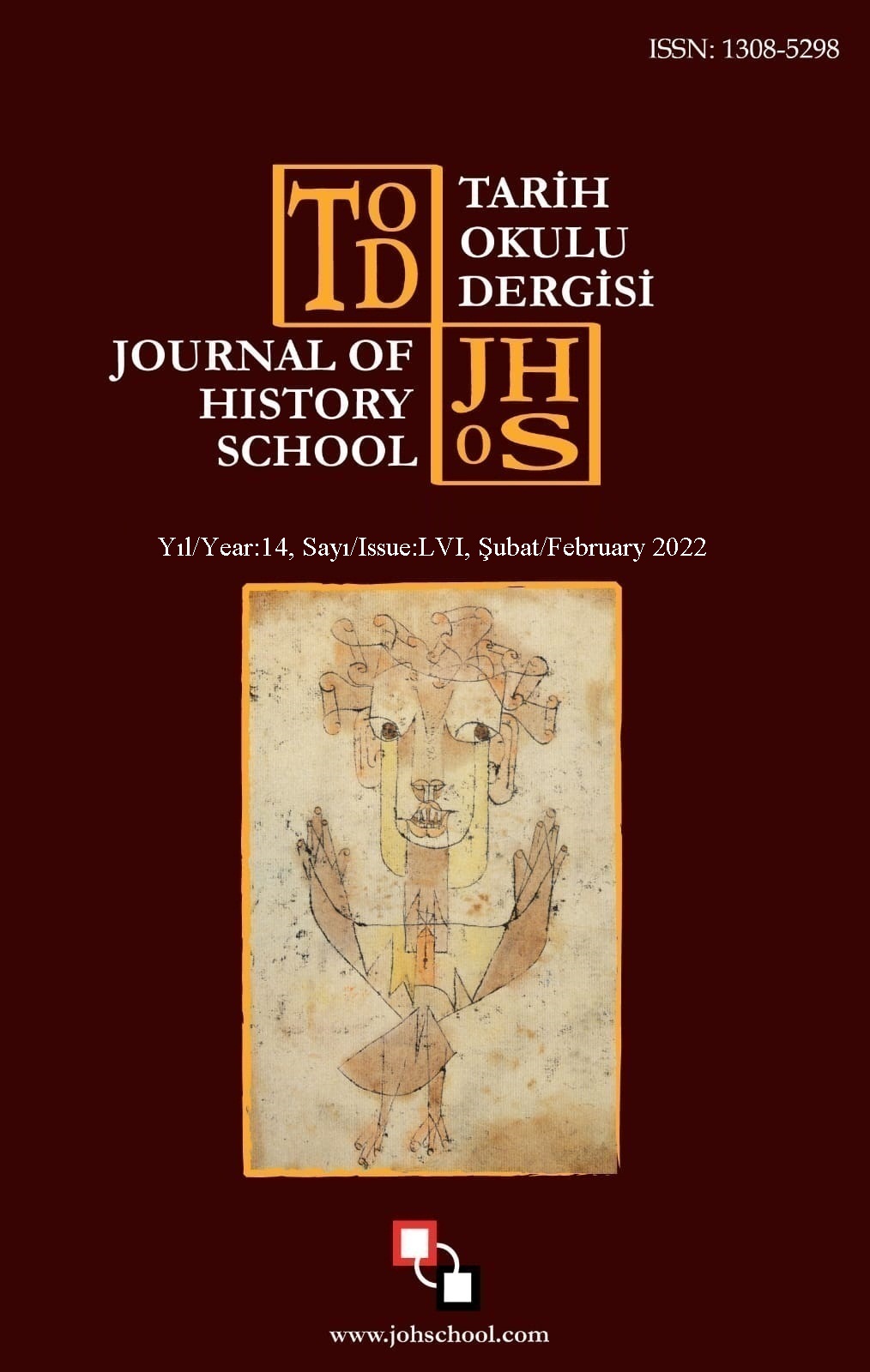DİJİTAL FOTOĞRAFÇILIKTA ISO DEĞERİ DEĞİŞİMİNİN RENK EVRENLERİ VE DELTA E (ΔE) DEĞERLERİ ÜZERİNE ETKİSİNİN BELİRLENMESİ
Author :
Abstract
Geleneksel fotoğraf makinelerinde görüntü kimyasal yapıya sahip film yüzeyine aktarılırken, dijital fotoğraf makinelerinde ise görüntü, piksel mantığı ile çalışan algılayıcı üzerine aktarılmaktadır. Bu dönüşüm aşamasında konvansiyonel makinelerde filmde bulunan gümüş halojenürlere bağlı olarak ışık duyarlılığının gösterildiği DIN/ASA değeri tanımlanırken, dijital kullanımda ise DIN/ASA değerinin yerine, sensörün ışığa duyarlılığı olarak tanımlanan ISO değeri kullanılmaktadır. Fotoğraf çekiminde kullanılan ayarlar diyafram, obtüratör, white balance (beyaz ayarı) ve ISO’dur. Işık miktarının az olduğu ortamlarda, yüksek ISO değerleri kullanılmaktadır. Fakat yüksek ISO değerlerinin kullanılması fotoğrafta gürültü (noise) hatasını beraberinde getirmektedir. Bu durum özellikle ışık miktarının az olduğu müze, saray gibi kapalı alan çekimlerinde, orijinale yakın renk değerlerine sahip fotoğrafların elde edilmesinde problem olarak ortaya çıkar. Ayrıca, çekilen fotoğrafların hem dijital ortamlarda kullanılması için hem de basılabilmesi için renk evrenlerinin mümkün olduğunca geniş olması beklenir. Bu çalışmada, farklı ISO değerlerinin (100, 200, 400 ve 800), fotoğraf kalitesini nasıl etkilediği araştırılmıştır. Çalışma sonucunda, çekimi gerçekleştirilen fotoğrafların renklerinin ISO değerine bağlı olarak orijinal üzerindeki renklerden uzaklık değerleri (ΔE) belirlenmiş, ISO değerinin değişimine bağlı olarak ΔE değerinin de değiştiği tespit edilmiştir. Özellikle, ışığın az olduğu ortamlarda, daha geniş renk evreni ve doğru renk elde edilmesini sağlayan ISO değerleri ve doğru ISO ayarlarının nasıl kullanılması gerektiği konusunda katkı sağlayıcı tavsiyelerde bulunulmuştur. Ayrıca yapılan çalışmada, “fotoğrafta eşdeğerlik teorisi” renk evrenleri hesaplanarak kanıtlamıştır.
Keywords
Abstract
On conventional cameras, the image is transferred to the surface of a film with a chemical structure, while on digital cameras, the image is transferred over a sensor that works with pixel based structure. Conventional cameras define the DIN/ASA value, which shows the light sensitivity based on the silver halogen contained in the film, while digital cameras uses the ISO value defined as the sensor's sensitivity to light instead of DIN/ASA. The settings used in photography are aperture, shutter, white balance and ISO. In addition, a high ISO value is used for correct exposure in low-light environments. However, the use of high ISO values cause noise in the photo. This is especially a problem with the acquisition of pictures with color values close to the original, especially in low light conditions shots such as museums, palaces, where light is low. In addition, the color gamut must be as wide as possible for both the use of photographs taken in digital platforms and for printing. In this study, it was investigated how different ISO values (100, 200, 400 and 800) affect photo quality. As a result of the study, the colors of the photos taken were determined from the colors on the original (ΔE), depending on the ISO value. It has been determined that the ΔE value has changed, depending on the change of the ISO value. In particular, in low light conditions, the ISO values that enable a wider color universe and accurate color are recommended, and contributing recommendations have been made on how to use the most accurate ISO settings. In addition, the study has proven the theory of equivalence by calculating the color gamuts in the photograph.
